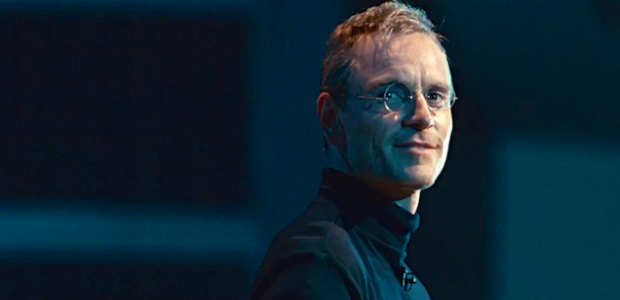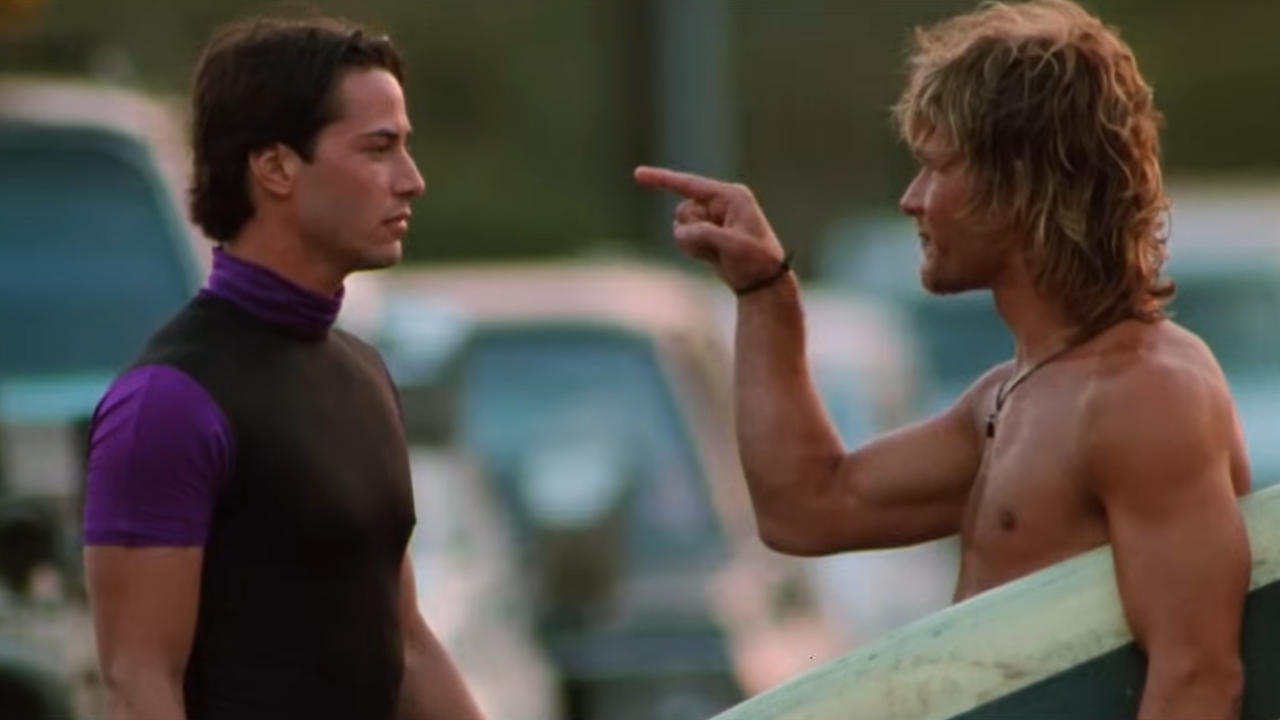In two years time, we’ve received three movies about celebrated Apple co-founder Steve Jobs. The first was Ashton Kutcher’s Jobs, the second was a documentary called Steve Jobs: The Man in the Machine, and the third is the Danny Boyle-directed, Aaron Sorkin-scripted film premiering later this month. It’s this one that is the Jobs film we want and deserve.
Michael Fassbender portrays Jobs in the film that screened at the New York Film Festival. Taking its source material from the real people involved in his life and the book by journalist Walter Isaacson, the film shies away from a traditional, sequential approach to the man’s backstory and career. Instead, it condenses the action down to three acts — behind the scenes at product launches for the first Mac computer, the NeXT cube (when Jobs left Apple), and the iMac when Jobs returned to the company.
This story isn’t just about Jobs. It’s also a story about Chrisann Brennan (Katherine Waterston), the mother of Jobs’ first child; Lisa (played by multiple actresses), Jobs’ daughter whom he initially denies as his blood; Joanna Hoffman (Kate Winslet), Jobs’ closest confidante who’s heartbroken by Jobs’ actions towards his family; Steve Wozniak (Seth Rogen), who wants Jobs to take him seriously and with respect; and John Scully (Jeff Daniels), the former Apple CEO who found himself at odds with Jobs.
All of this drama plays out over the course of these three acts, which themselves act as musical movements in a larger ensemble piece. Jobs remarks in the film, “Musicians play their instruments. I play the orchestra.” This image is developed through sound (which utilizes snippets of orchestral works — and Bob Dylan), imagery (musical stanzas are written in chalk on the walls in the film’s final act), and development. Symphonies usually consist of four movements, though one can argue that the second act of Steve Jobs can be broken down into two.
The first movement typically introduces the themes that will play with each other throughout the larger piece. Each of these characters and their baggage enter the picture in a similar manner, by fictional means or otherwise. (After all, all of these people weren’t present at the same time during these three events.) Things slow down a bit by the second act, which is typical of the second movement’s adagio tempo, and the third movement (the second half of the second act) breaks into a scherzo with Jobs dancing around Scully and Hoffman as the tension crescendos to revelation. The final act — the final movement — becomes about redemption. All the players come together to settle their scores. In the final scene, you can visibly see all the instruments furiously striking their strings through the chaotic flashes of the cameras from the audience. This is the final few measures of the piece, waiting for a nod from the conductor to relay the last resounding note.
Much like with classical music itself, Steve Jobs isn’t for all audiences. Firstly, it’s a sample of Sorkin -- filled with his signature wit and chunks of dialogue. Many writers and filmmakers bathe in dramatic silences, but not Sorkin. It’s clear that he wanted Michael Fassbender to portray Jobs as this Shakespearian character because — and you can chalk this up to his ego — there are two obvious references to the playwright in the dialogue. Those anti-Sorkiners out there will likely see this as a pat on the back for his own brilliance. If the rumors are true, the script itself perhaps explains why some of the earlier names attached to this film (such as David Fincher, Christian Bale, and Leonardo DiCaprio) ended up dropping out of the film. The rehearsal process was equally demanding, according to reports — the actors came in with their lines memorized to block all the scenes before rehearsing in front of cameras. It’s not for every actor, and it’s not for every audience.
Secondly, this is not the mainstream Jobs story some might be used to. At times, the dialogue gets a bit too technical for your average, non-Apple-enthusiast viewer, especially in heated scenes when Jobs is verbally bashing his lead developer “The Other Andy” Herzfeld (Michael Stuhlbarg). Unlike the Ashton Kutcher film, Steve Jobs doesn’t waste a beat explaining some of the lingo and doesn’t go into further detail of this backstory. The story is about three contained moments in these characters’ lives, and though each are strategically chosen to further develop the arc, they don’t always — and don’t need to — devolve into flashbacks or explanatory chunks of dialogue.
Your Daily Blend of Entertainment News
Most of us, even those of us who are considered casual Apple enthusiasts, already have an image in mind of who Jobs was. That could be genius tech tycoon or it could be the monster few people saw. As Steve Jobs depicts, it’s a little bit of both. For a film that’s firmly two hours and two minutes, it manages to humanize a man millions — including himself — deified to some extent through a detailed glimpse into his life and career. Sorry, Kutcher. Your Jobs never came close to that.

